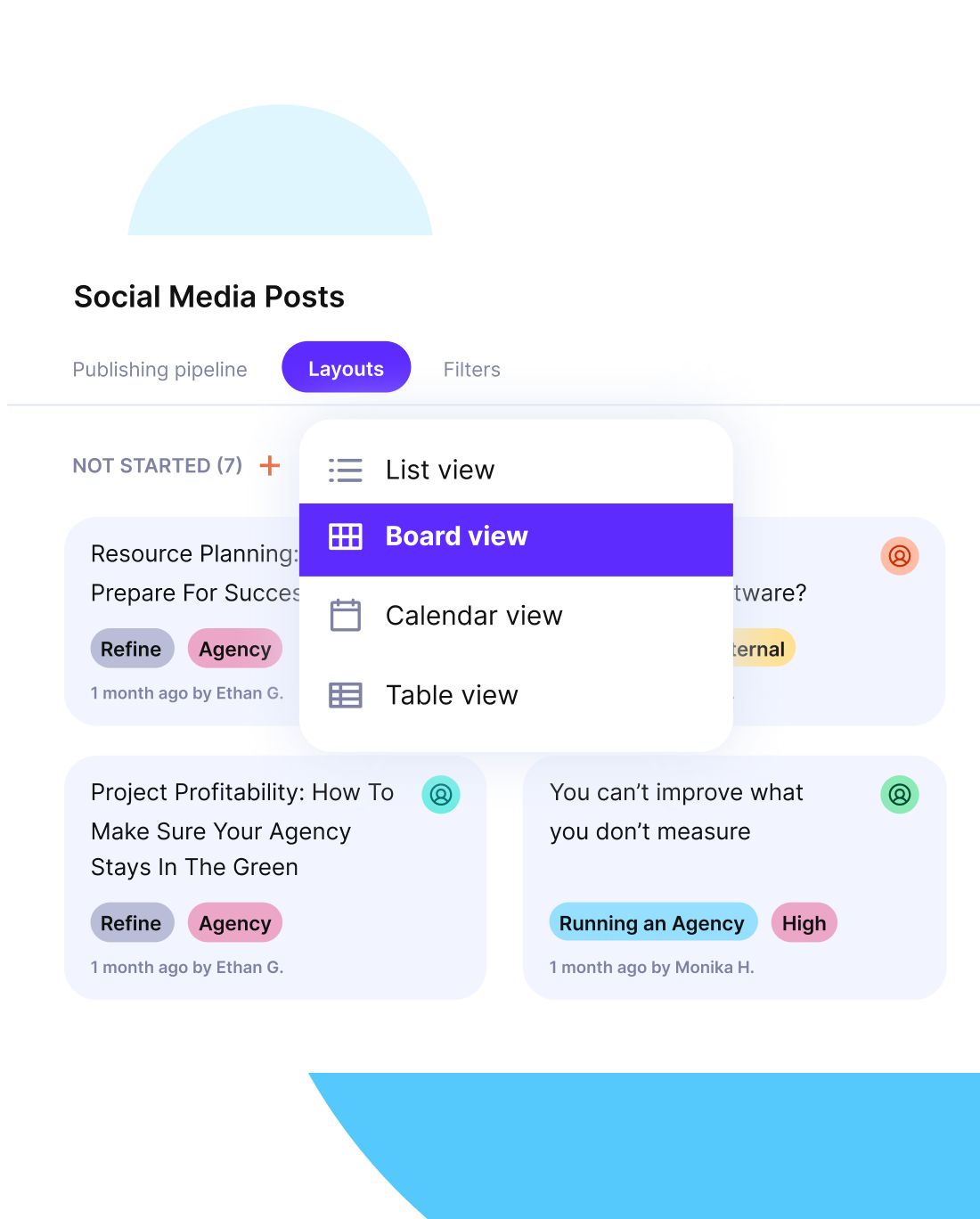How To Measure and Improve Team Productivity – 2026 Guide
Most teams put in the effort, but hard work alone doesn’t guarantee real progress.
True team productivity comes from aligning people and resources to achieve meaningful results, not just staying busy.
In this guide, you’ll learn how to manage, measure, and improve team productivity. We’ll cover best practices, common challenges, and the top tools for managing project teams.
Key Takeaways
- Productive teams blend efficiency, quality, and sustainability, not just speed. This means balancing output with healthy project management workloads and ensuring that results actually support client goals.
- The Input-Process-Output framework shows where leaders can intervene. Use it to check if your team has the right skills and resources, if processes are clear, and if outputs match expectations.
- Good measurement balances numbers with morale and feedback. Track deliverables and deadlines, but also gather input on how the team feels about workload and collaboration.
- Remote and hybrid setups demand clear updates, trust, and the right tools. Regular async check‑ins, transparent documentation, and shared dashboards keep everyone aligned across locations.
What Is Team Productivity?
Team productivity is how well a team delivers quality work with the resources it has available. Unlike individual productivity, which often focuses on personal output, team productivity depends on alignment, collaboration, and shared goals.
It’s about outcomes that serve business priorities, not just hours logged.
Agencies often confuse being busy with being productive. Clear team goals help cut wasted effort and direct resources toward results that matter.
What Does Team Productivity Measure?
It measures work output, efficiency, quality, and collaboration. These dimensions show whether a team can deliver results consistently while staying aligned with business objectives.
What Are the Factors That Influence Team Productivity?
The factors that influence team productivity are skills, motivation, role clarity, access to resources, tools, and communication. These shape whether a team delivers consistent results or spins its wheels. We’ll cover practical best practices for boosting these factors later in the article.
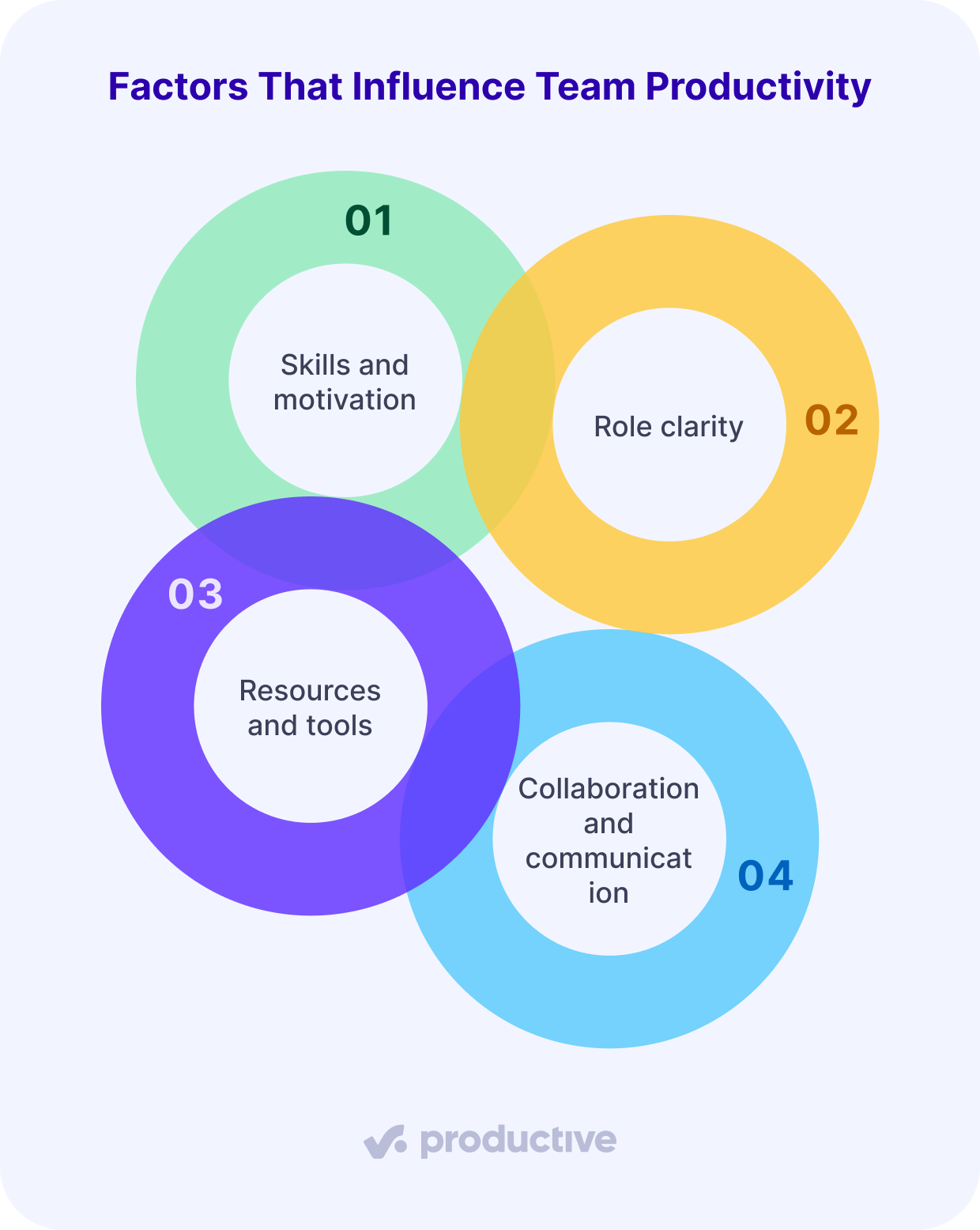
Factor 1: Skills and motivation
The factors of skills and motivation link directly to team productivity because people need both competence and drive to deliver strong results. A skilled but disengaged group won’t sustain performance, while motivated people without the right expertise will struggle to meet expectations.
You can influence this factor by hiring for fit, offering training to close skill gaps, and creating recognition systems that keep motivation high.
Factor 2: Role clarity
Role clarity links directly to team productivity because people need to know what they own and how their work connects to shared goals. When roles are unclear, the same tasks get picked up twice while other work gets missed, and no one feels responsible for fixing it.
You can influence this factor by defining responsibilities clearly at the start of each project and using role charts or project management tools to make ownership visible.
Factor 3: Resources and tools
Budgets, software, and work management systems influence team productivity by freeing people from repetitive admin tasks. When these supports are in place, teams can spend more time on client work and project outcomes.
You can influence this factor by securing realistic budgets early, standardizing the core tools everyone uses, and keeping work management systems simple enough to reduce friction.
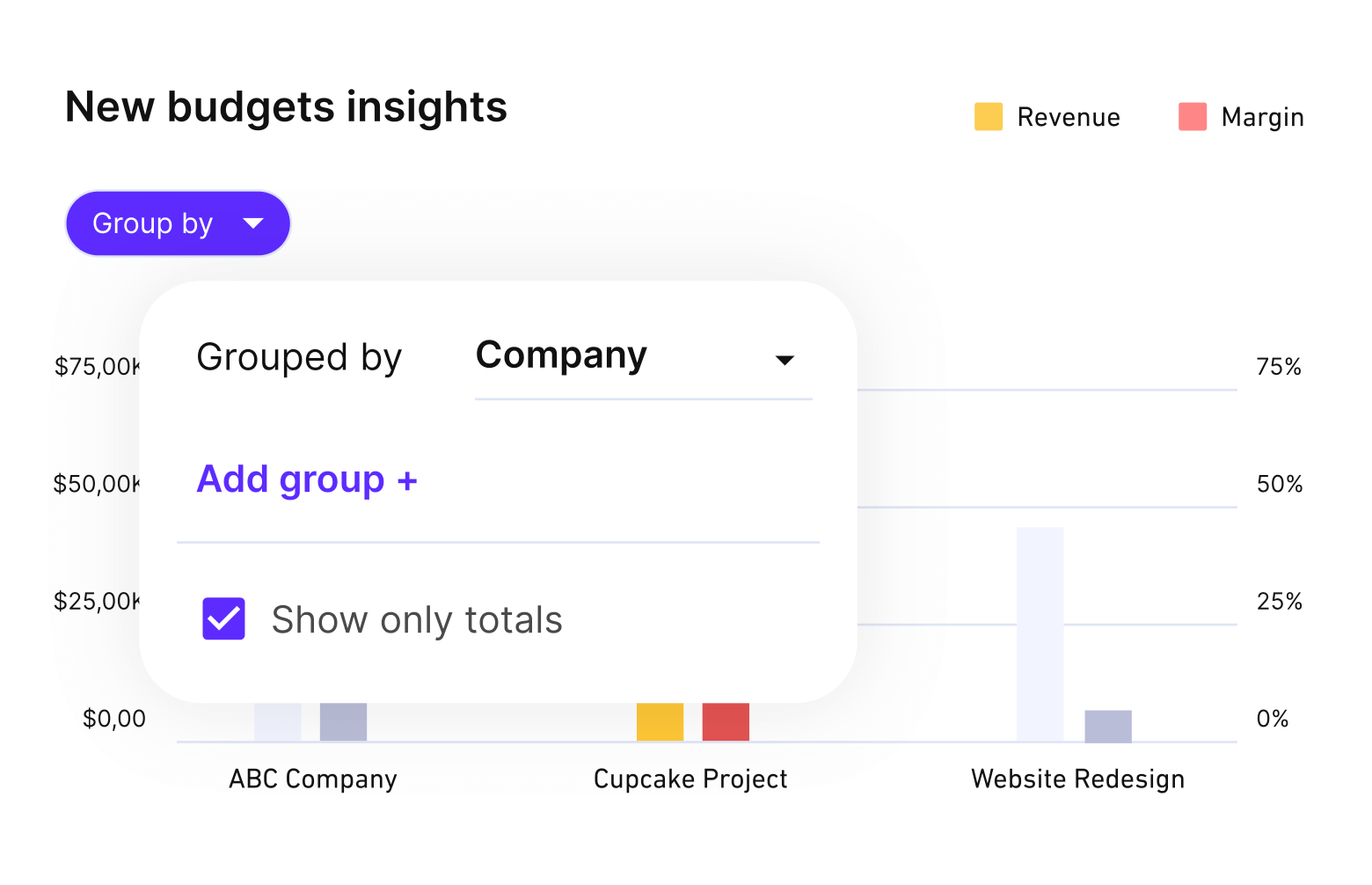
Get an overview of your budgets and make real-time adjustments.
Factor 4: Collaboration and communication
Communication boosts team productivity when it is both open and structured, and hampers it when it isn’t. Teams that share updates clearly avoid duplicate work and spot issues early. Teams that don’t get into trouble.
You can influence this factor by setting simple communication rules, such as daily check‑ins or shared channels for project updates. We talk more about collaboration in our guide to project communications.
How Does the Input-Process-Output Framework Explain Team Productivity?
The Input-Process-Output (IPO) framework is a model that shows how entire teams turn resources into results.
It impacts team productivity by linking inputs like skills, resources, and tools to processes such as communication and workload management, which then produce outputs like quality work and client value.
- Inputs include skills, resources, tools, and role clarity.
- Processes cover communication, workload management, and feedback.
- Outputs are the work delivered, its quality, and the value clients receive.
Each stage links directly to productivity: for example, overloaded inputs like too many projects with too few resources break the system and cause burnout.
Inputs that affect productivity
Inputs shape productivity because they determine what the team has to work with from the start. Missing skills or stretched resources lead to delays and rework.
To strengthen inputs, focus on targeted training, balance workloads across people, and make role ownership visible in a shared project tool so no one is left guessing.
Processes that drive outcomes
Processes describe the daily routines that move work forward. When communication breaks down or workloads aren’t balanced, projects stall, and rework piles up. Feedback loops keep progress on track by helping teams adjust quickly when issues surface.
You can improve this area by documenting clear workflows, keeping task loads transparent in a shared tool, and scheduling regular feedback sessions to catch problems early.
Outputs to evaluate
Outputs reveal if the team’s work creates real value. This includes whether deliverables arrive on time, meet quality standards, and actually support project goals.
You can influence outputs by tracking progress against agreed milestones, gathering specific client feedback, and checking that the final work matches both scope and expectations.
How To Measure Team Productivity?
The way to measure team productivity is by checking if the team delivers consistent value, not just logged hours. Measuring productivity matters because it shows whether resources are being used effectively and whether the output justifies the effort.
Good metrics highlight where to improve, while bad ones harm morale and create busywork. A common pain point is that hours get tracked without asking if those hours create client value. This makes productivity feel like guesswork instead of a clear signal.
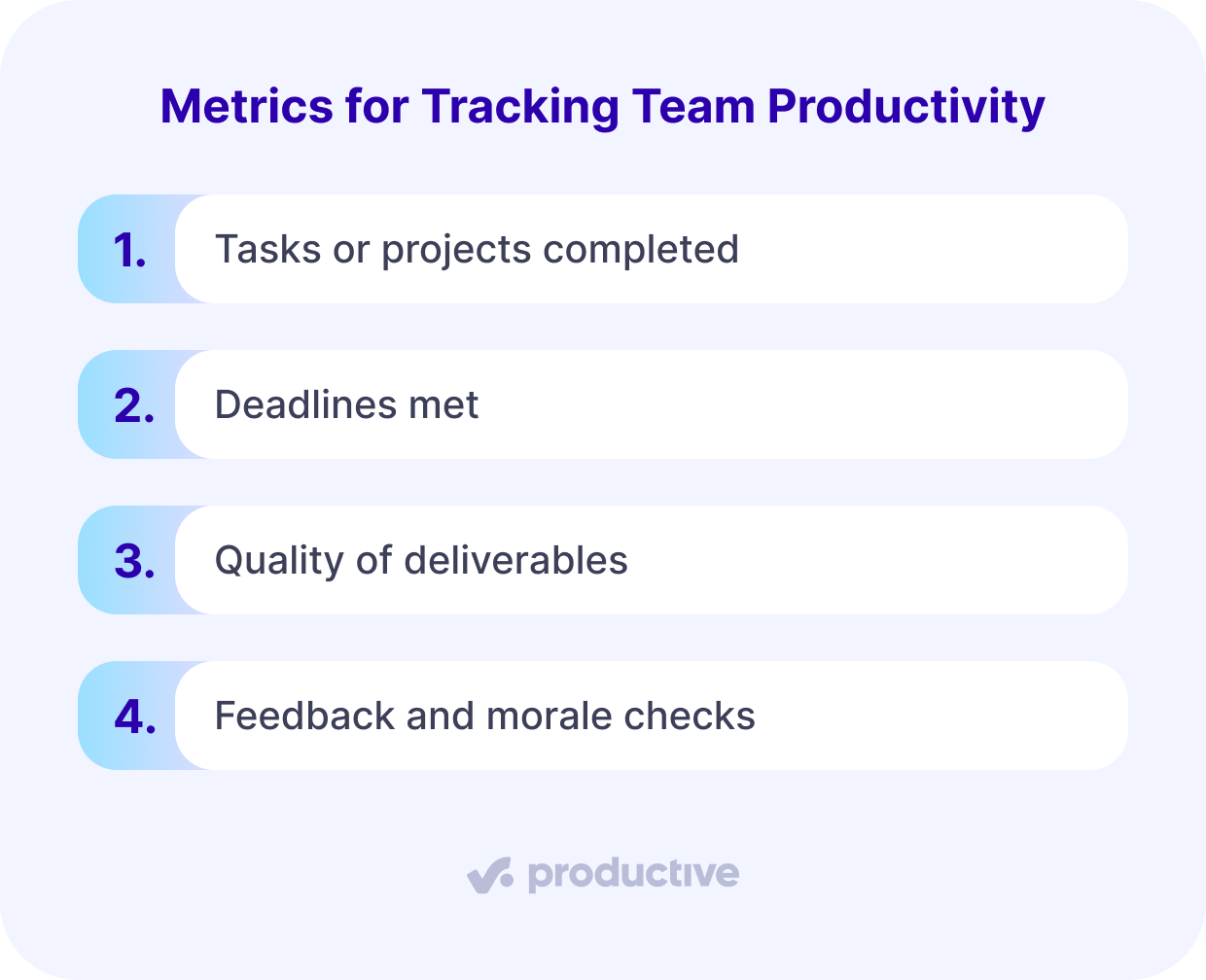
1. Tasks or projects completed
This metric shows throughput: how much work the team is finishing in a set period. It matters because it highlights capacity and whether the team is actually shipping work. Track it by logging completed tasks in your project tool and comparing them to planned tasks.
2. Deadlines met
This measures delivery reliability. It’s important because consistently missing deadlines signals overloaded resources or unclear priorities. Track it by monitoring planned vs. actual delivery dates in your scheduling system.
3. Quality of deliverables
Quality tells you if the work meets expectations without excessive rework. Poor quality reduces client trust and creates hidden costs. Track it by counting revision requests, error rates, or client satisfaction scores after delivery.
4. Feedback and morale checks
This covers the qualitative side of measuring productivity. It matters because even if output is high, burned‑out or disengaged people won’t sustain results. Track it through short pulse surveys, 1:1 check‑ins, or regular team retros.
How To Track These Metrics in Practice?
Use a single project management or work management platform to log tasks, track deadlines, and record quality indicators. Make sure every team member consistently updates the tool so the data stays reliable.
Combine this with simple survey tools or built‑in feedback features to capture morale, such as quick weekly pulse checks. An anonymous survey creator works especially well here, since it encourages honest feedback without hesitation. Then schedule a recurring review, like a 30‑minute weekly meeting or a monthly dashboard review, to discuss what the data shows and decide on next steps.
This way, insights don’t just sit in a report; they drive real adjustments in workloads, priorities, and support.
What Are the Pitfalls of Bad Measurement?
The pitfalls of bad measurement appear when you track the wrong things or interpret them in isolation. If you rely only on hours worked or raw employee productivity scores, people may push to log more time instead of finding smarter ways to deliver value.
This shifts focus away from outcomes and creates a culture of presenting for the sake of presenting. It also ignores whether the work actually contributes to client goals.
Over time, these metrics lead to frustration, wasted resources, and reduced trust in leadership because teams feel judged by numbers that don’t reflect the real impact of their work.
What Strategies Improve Team Productivity in Practice? (+ How To Implement Them)
The strategies that improve team productivity in practice are aligning goals, clarifying roles, using the right tools, and building strong feedback loops. Each strategy tackles a common barrier that slows delivery and frustrates people.
Misaligned priorities and tool sprawl are real issues, and juggling Google Sheets and chat apps wastes time. A shared source of truth keeps everyone moving together.
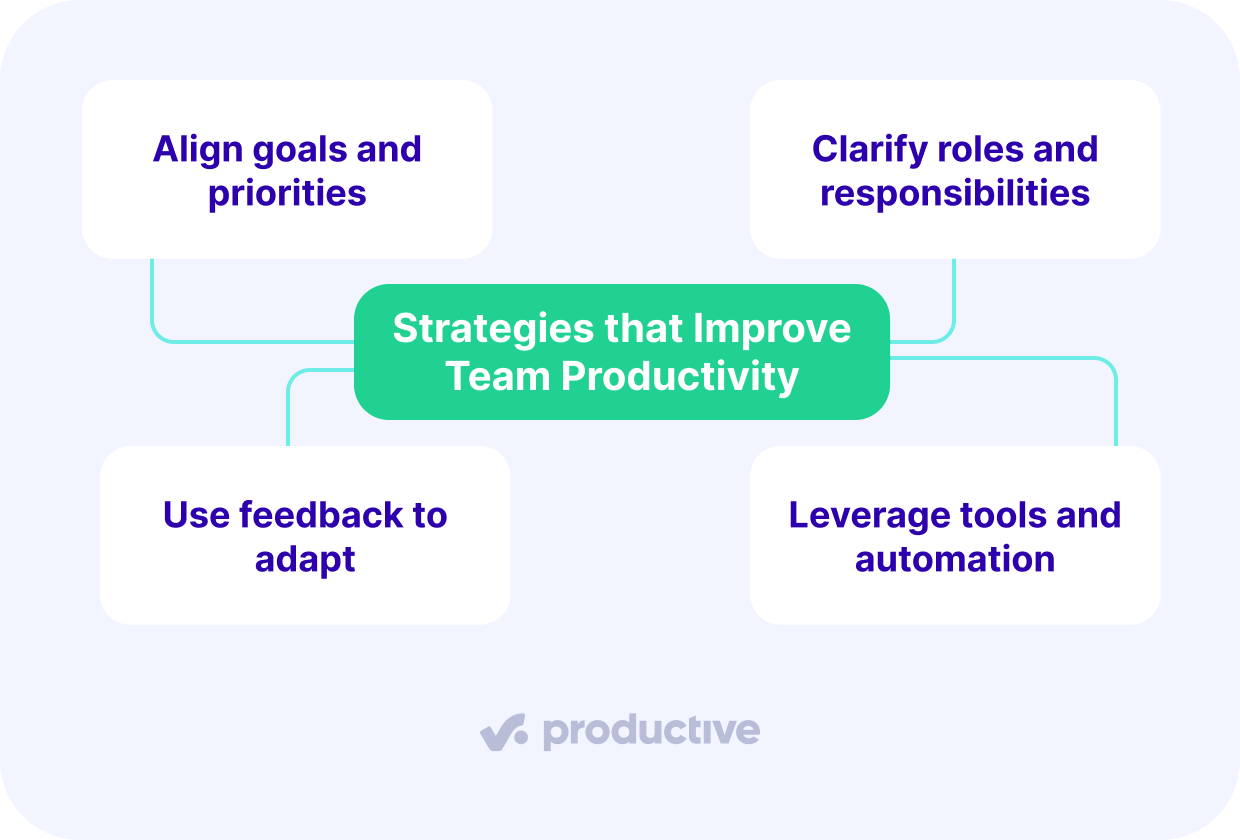
Strategy 1: Align goals and priorities
This practice impacts productivity because it keeps everyone focused on the same outcomes instead of scattering effort. When tasks clearly connect to business goals, motivation and clarity improve, and work output directly supports client needs.
How to implement:
Begin each project by mapping team tasks to company objectives. Share this map in a project board or dashboard so priorities are always visible. Hold short weekly check‑ins to confirm that tasks still support agreed goals, and adjust when priorities shift.
A platform like Productive helps by linking projects, budgets, and tasks in one view, so teams don’t waste time reconciling scattered Google sheets.
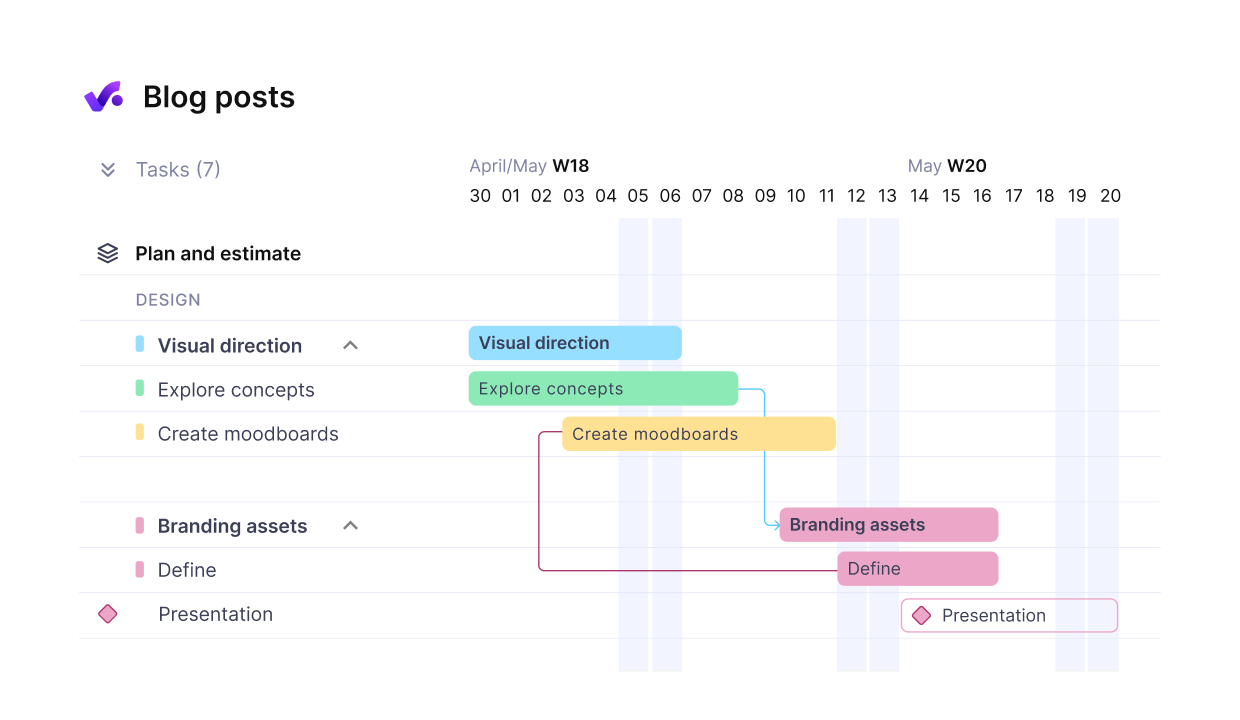
Get an overview of your budgets and make real-time adjustments.
Strategy 2: Clarify roles and responsibilities
This practice improves productivity by reducing confusion and making accountability visible. When ownership is clear, tasks are completed once by the right person, and important responsibilities don’t get overlooked.
How to implement:
Define responsibilities at the very start of a project and record them in a place everyone can access, such as a shared project board. Use a simple role chart or a project management tool to make ownership visible.
Review these roles in kickoff meetings and adjust them when scope changes so that accountability stays clear throughout the project.
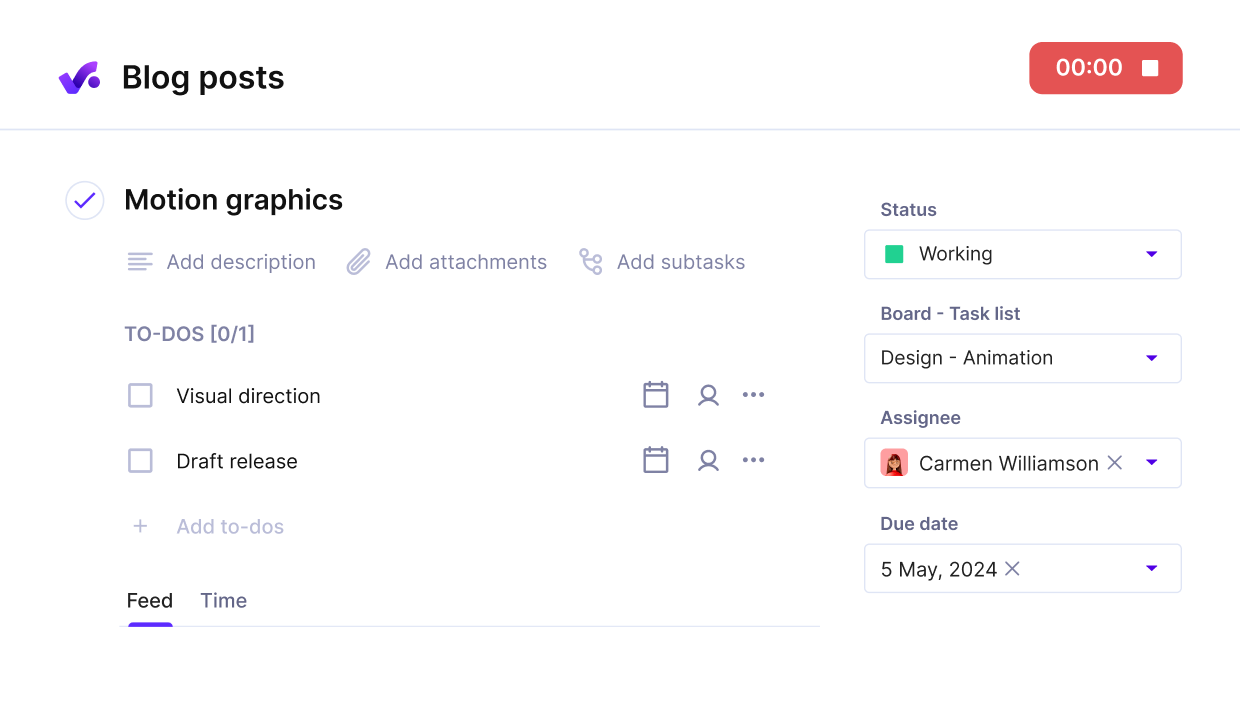
Assign clear owners with detailed descriptions, to-do lists, due dates, and attached files.
Strategy 3: Use feedback to adapt
Feedback connects daily effort to continuous improvement by making issues visible early. Regular check-ins or retros help teams identify what slows progress before it becomes a bigger problem.
How to implement:
Set up a short feedback loop, like a 10‑minute weekly review or a quick retro at the end of a sprint. Capture both successes and blockers, document them, and agree on one or two small changes to test in the next cycle.
Keeping the process lightweight makes it more likely that people will engage consistently.
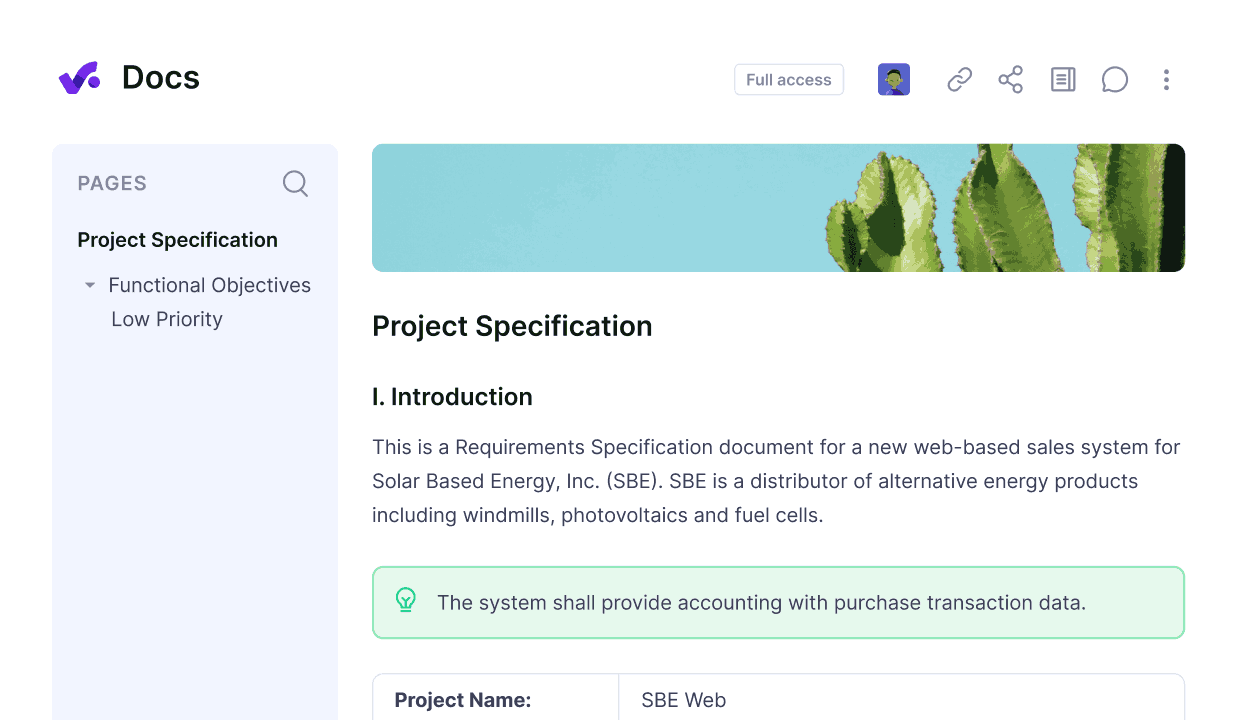
Use Productive to document all project-specific feedback in a shared place.
Strategy 4: Leverage tools and automation
The right tools reduce friction and free up time for client work by cutting repetitive admin. Standardize on one core platform for scheduling, budgeting, and reporting instead of spreading data across multiple disconnected apps. Add automation for repetitive tasks like timesheet reminders to save hours each week.
A platform like Productive combines projects, budgets, and time tracking in one place, so teams can stay focused on delivery instead of chasing data across tools.
How to implement:
Audit your current tools and list what each app is used for. Pick one platform to own projects, time, budgets, and reporting. Migrate active projects first, then phase out overlapping tools.
Enable simple automations such as recurring task creation, timesheet reminders, and alerts on budget thresholds. Set role-based permissions and create a dashboard for each team lead.
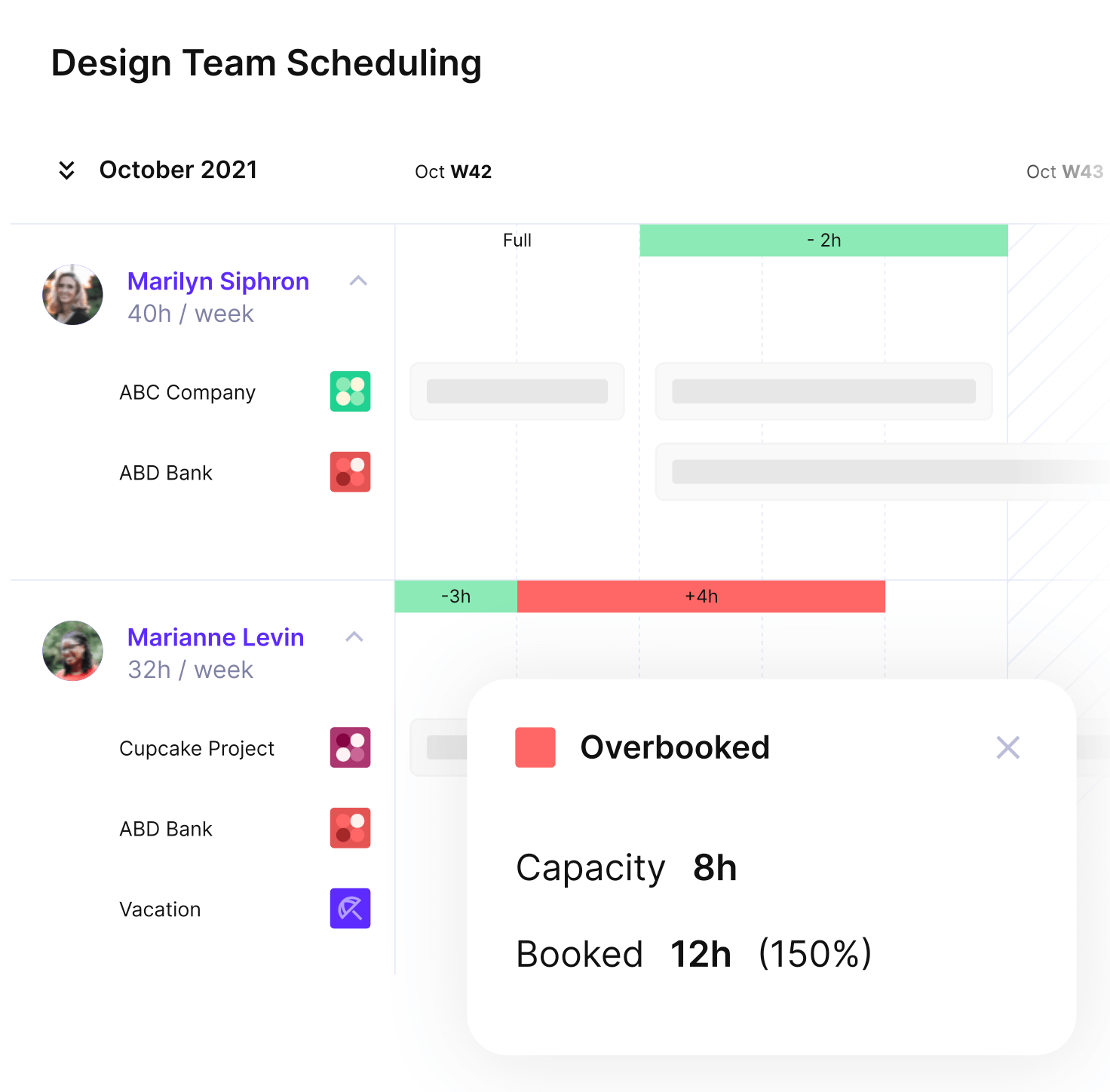
Productive lets you know if your staff is stretched too thin or sitting idle.
How Does Team Productivity Differ Across Contexts?
Team productivity looks different depending on the team’s setup. Remote and hybrid teams rely heavily on documentation and async updates, while large teams often struggle with coordination across many people and projects.
Small teams can move quickly but risk overload if resources are too thin. Cross‑functional groups face the challenge of aligning different priorities.
A common pain point is that hybrid teams lose visibility across time zones. Regular updates and clear handoffs keep delivery on track and prevent work from stalling.
For more tips on delivering in a hybrid environment, head over to our Hybrid project management guide.
Remote and hybrid teams
Remote and hybrid teams need structured documentation and async communication to replace what is lost without daily in‑person contact. Clear meeting notes, shared dashboards, and agreed response times help prevent misalignment.
We’ve packed more how-tos and best practices in our remote team management guide.
Cross‑functional teams
Cross‑functional setups bring together people from different disciplines. Productivity depends on aligning priorities and making trade‑offs visible. Shared roadmaps and regular syncs reduce conflicting goals.
Small vs large teams
Small teams gain speed and flexibility but risk burnout if workloads spike. Large teams have more capacity but spend extra time coordinating. Leaders should monitor workload levels, use project boards to assign responsibilities clearly, and create routines that balance speed with structure.
How Can Leaders Sustain Productivity Without Burning Out Their Teams?
Sustaining productivity means balancing performance with well‑being. Trust, psychological safety, and balanced workloads keep morale high and prevent burnout. Leaders need to manage these levers actively instead of relying on short‑term pushes that drain people over time.
A common pain point is that teams are pushed into repeated sprints that deliver results quickly but lead to exhaustion later.
Visibility into workloads helps leaders spot early signs of overload and rebalance before people quit.
1. Build trust and psychological safety
Teams stay productive when people feel safe to raise issues and share ideas. Create this by encouraging open feedback, addressing mistakes without blame, and leading by example. Regular 1:1s and retrospectives reinforce that it’s safe to speak up.
2. Balance workloads and resources
Burnout often comes from unbalanced workloads. Use workload management tools to see who is overloaded and who has capacity. Reassign tasks, adjust timelines, or bring in extra resources to keep work sustainable.
In Productive, dashboards make workloads visible in real time, so leaders can act early.
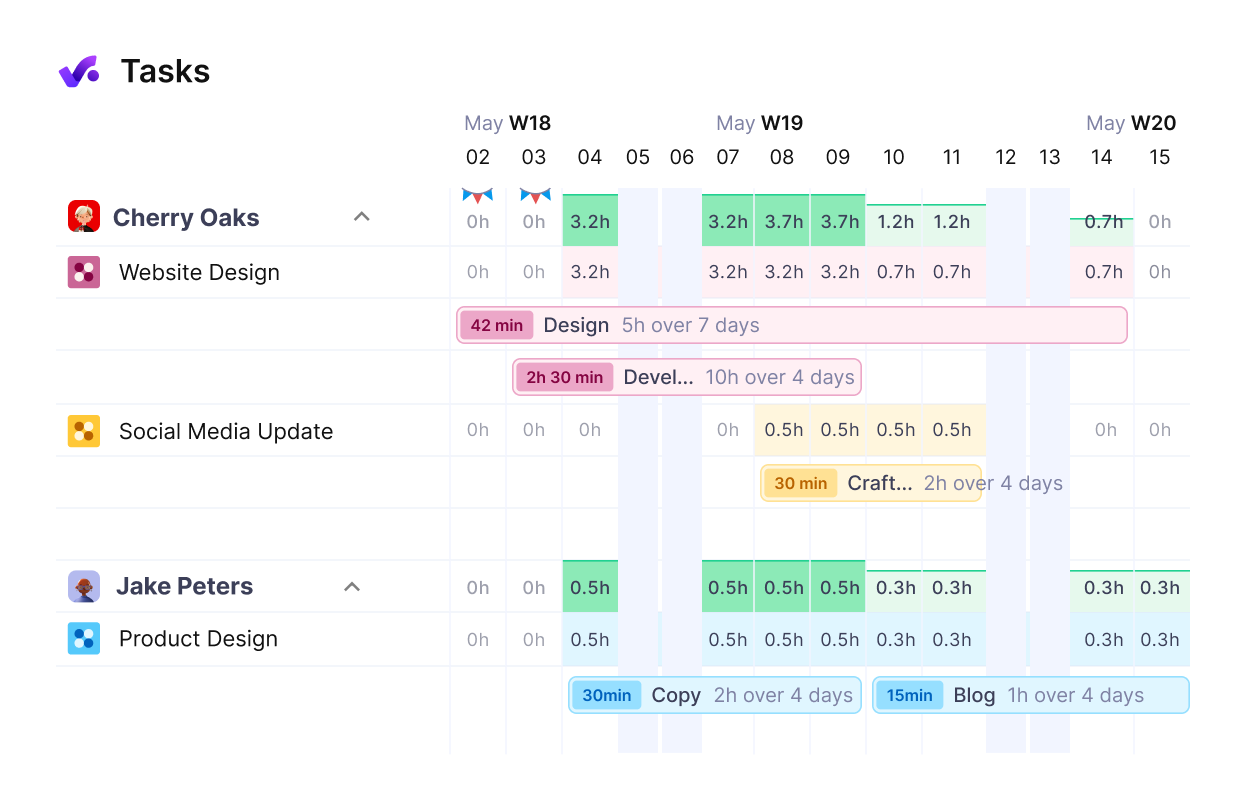
Get a real-time overview of your team’s workloads.
3. Celebrate progress
Recognition fuels morale and keeps people engaged. Celebrate both small wins and major milestones to show that effort is valued. Build this into your routines by giving shout‑outs in team meetings, highlighting successes in dashboards, or creating a simple rewards system.
How Do Tools and Technology Support Team Productivity?
Tools make productivity visible and repeatable. All‑in‑one project management platforms reduce friction by replacing scattered apps and giving teams a clear source of truth.
Companies often juggle five or more tools and lose important details. A single platform, like Productive, replaces disconnected apps and gives leaders clarity. In case you need extra tool advice, head over to our How to Choose a Project Management Tool guide.
Project and Work Management Tools
These tools centralize tasks, schedules, and budgets. They keep projects visible and help teams plan realistic workloads. Use them to assign responsibilities, track progress, and connect daily tasks with project goals and objectives.
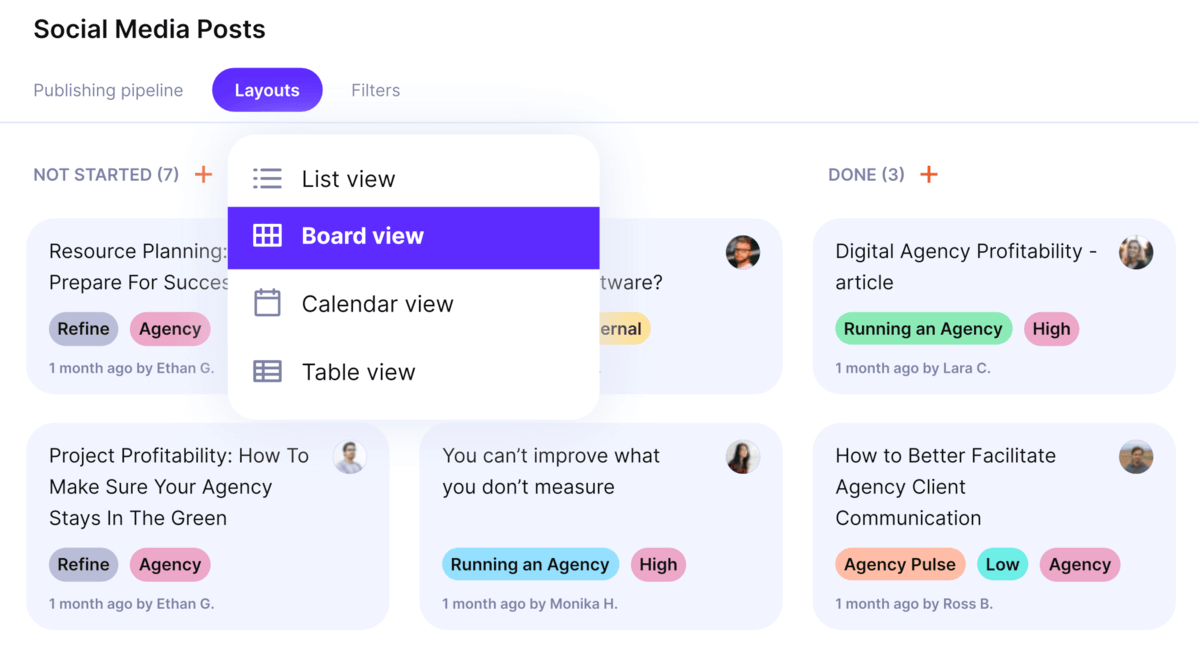
Manage tasks and track delivery in a single view.
Analytics and Reporting
Analytics tools turn raw data into insights. They help leaders understand team output, identify bottlenecks, and make better decisions. Dashboards and reports show progress in real time and highlight areas that need attention.
In case you’re having a hard time collecting accurate data, head over to our project monitoring guide.
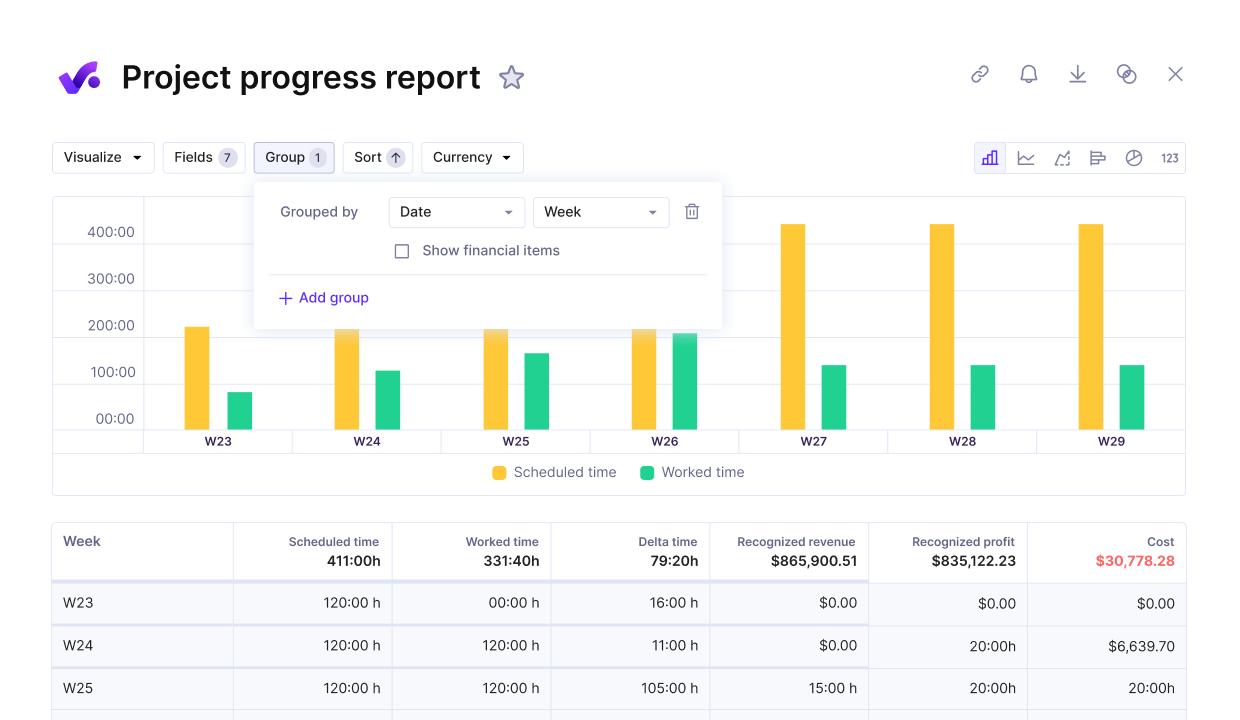
Get a real-time overview of project progress against key metrics (like budgets or time spent).
Automation
Automation reduces repetitive admin work and frees up time for client delivery. Examples include recurring task creation, automatic reminders, and alerts when budgets approach limits. These features keep projects moving without manual follow‑up.
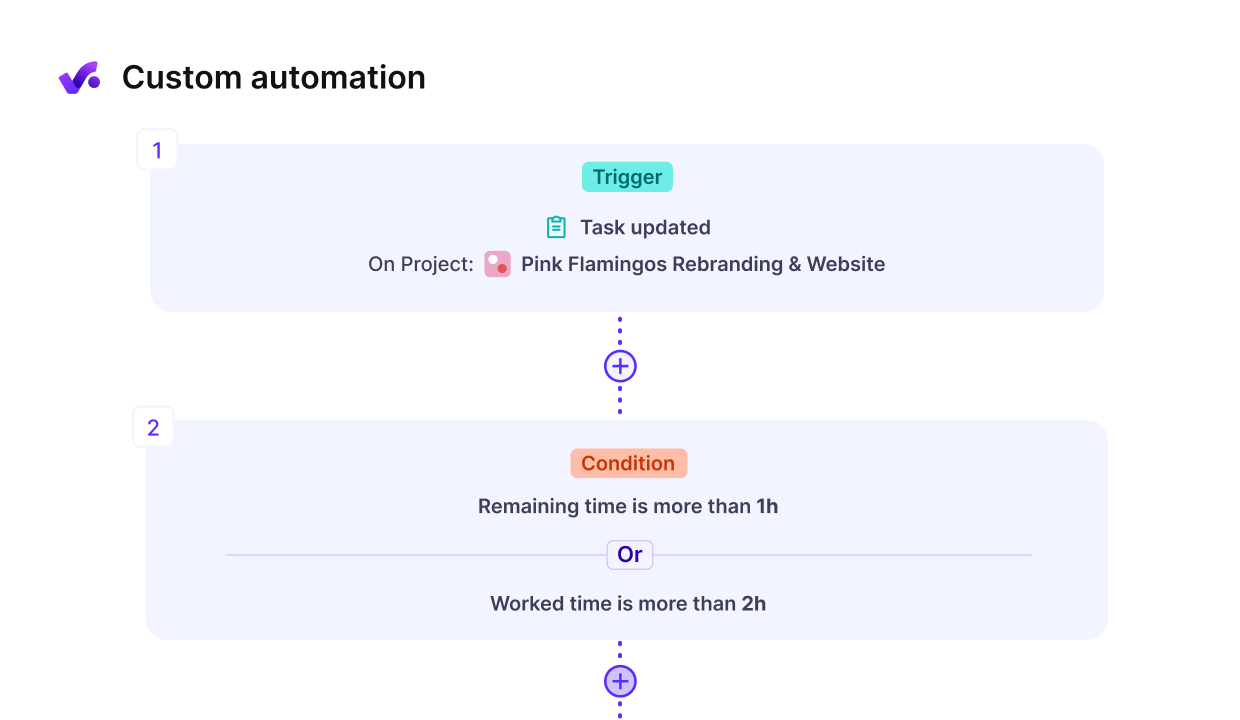
Cut out manual tasks with Productive’s automations.
Must‑Have Features of Project Management Tools
Look for features that directly support productivity. The must‑have features of project management tools include:
- Task management: assign, prioritize, and track tasks in one shared space.
- Workload management: see who has capacity and who is overloaded to balance resources fairly.
- Time tracking: log hours against tasks and budgets so you know how resources are used.
- Budgeting and reporting: monitor costs in real time and generate reports that show progress and profitability.
- Integrated communication: keep updates and discussions tied to tasks instead of scattered across chat apps.
- File sharing: store and share files where the work happens to avoid searching through emails.
- Role‑based permissions: control access so people see only what they need, and accountability stays clear.
Final Thoughts
Productivity is more than output; it requires structure, measurement, and sustainability to last. Strong productivity means setting clear goals, keeping workloads balanced, and using tools that make progress visible.
The most effective teams track both results and morale, adjust workloads before burnout sets in, and use one platform to replace scattered apps.
If your team struggles to measure and sustain productivity, Productive brings tasks, time, budgets, and reporting into one place so leaders can act on real data instead of assumptions.
Book a demo and get started today.
Make Team Output Measurable and Sustainable with Productive
Track tasks, time, and workloads in one place so you can fix bottlenecks before they block delivery or burn out your team.
